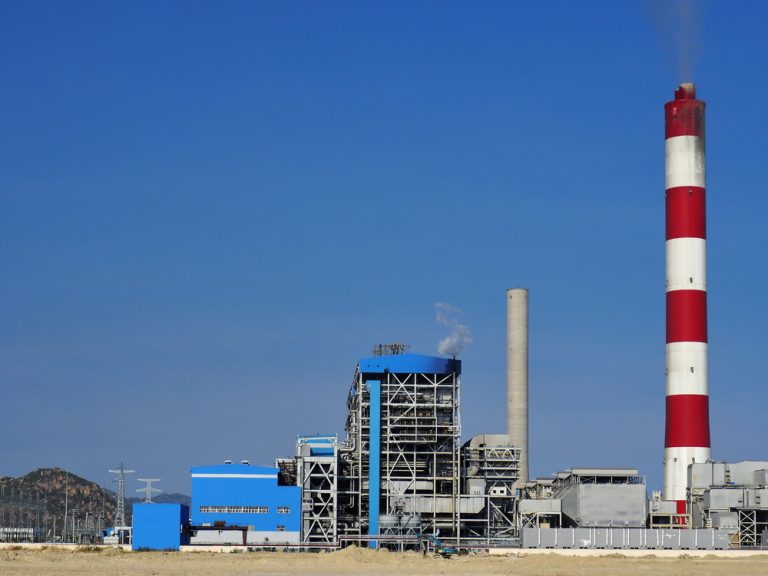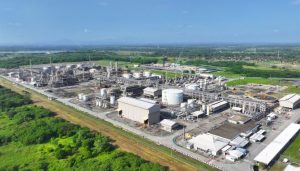by: Hartatik
Jakarta – As part of its commitment to address the world climate crisis, Indonesia is committed to achieving its nationally determined contributions (NDC) target of reducing emissions by 29% by 2025, and achieving net zero emissions (NZE) by 2060 or sooner.
However, at this time Indonesia has chosen not to phase out fossil energy but instead implements clean technology and considers the application of technology in the form of carbon capture, storage and utilisation or CCS/CCUS.
The Institute for Essential Services Reform (IESR) views that the government and PLN’s plan to maintain steam power plants by utilising clean coal technology (CCT) such as supercritical and ultra supercritical steam power plants, is an inappropriate step. The reason is, the range of direct emissions from coal power plants (PLTU) in Indonesia is 800-1200 kgCO2e/MWh depending on existing technology.
The use of the best PLTU ultra supercritical technology still produces direct emissions of >700 kgCO2e/MWh, higher than other fossil generators such as gas and does not have a significant impact on reducing the national grid emission factor which is already at ~900kgCO2e/MWh.
“The reliability of the use of CCS (Carbon Capture and Storage) at PLTU has not been tested. In addition, the life cycle emissions of PLTU with CCS are still relatively large due to the increase in the use of coal to support CCS operations at PLTU,” explained Fabby Tumiwa, Executive Director of IESR in a written statement, Friday (1/7).
This consideration is based on the use of CCS in two steam power plants in PetraNova and the Boundary Dam in the United States which have not been able to reduce carbon emissions as originally designed. A strategy using Carbon Capture and Storage/Carbon Capture, Utilisation and Storage (CCS/CCUS) technology will also not significantly reduce GHG emissions and instead have an expensive investment with a low success rate.
“PLN needs to calculate technology options in making the energy transition. CCS/CCUS technology to this day is still quite expensive. The IEA estimates this carbon capture technology to cost $120 per tonne of CO2 or $0.12/kg. The use of CCS/CCUS technology will significantly increase the cost of steam power generation, approximately $0.08 – 0.1/kWh. Considering this cost, it is more affordable to close the PLTU early and replace it with PLTS plus utility-scale batteries which results in a more competitive economy than the PLTU option with CCS/CCUS,” he explained.
Meanwhile, IESR’s Energy Transformation Program Manager, Deon Arinaldo added, in order to meet domestic needs, the government often implements Domestic Market Obligations (DMO) which have dilemmatic consequences. Coal supply to the domestic market is limited to a maximum price of USD 70/ton. On the other hand, the renewable energy tariff policy still refers to the Minister of Energy and Mineral Resources Regulation 50/2017 which limits the sale and purchase rate of renewable energy to 85% of the cost of supply (BPP).
“This is an obstacle in the energy transition, where renewable energy is forced to be cheaper than BPP whose value is dominated by coal power plants with the support of the USD 70/ton DMO regulation earlier,” said Deon.
The coal DMO policy has created an unbalanced playing field for renewable energy. If the government does not implement the DMO, then the price of electricity generation from coal-fired power plants can reach 14-16 cents/kWh, if the coal price is 324 USD/ton. This means that without the support of regulations, electricity generation from renewable energy is already cheaper than coal-fired power plants.
DMO policies distort the economics of energy generation because they are not based on actual costs. When comparing fossil energy and renewable energy, the investment price of renewable energy is expensive at the beginning, but the investment costs will show a predictable downward trend and accelerate with the right policy support. In contrast to fossil energy, which is highly dependent on operational costs, the volatility is very high.














